The same systems that have generated unique and complex challenges for world governments emerge as a source for solutions to these and future challenges. Governments are innovating new solution through various initiatives, including building and scaling digital identity programmes that serve as a foundation for innovative services, while supporting people and businesses to express their unique identities and spur discussions of national identity in an increasingly borderless world; embracing systems approaches and enablers to lead a paradigm shift in the way they provide services, innovating to transform and re-align the underlying processes and methods of the business of government in cross-cutting ways; and fostering better conditions for inclusiveness and vulnerable populations, in order to address complex current and future problems, and to create a world in which no one is left behind and everyone has access to opportunities for a better life. How are they doing it?
Government in the Digital Age: Unprecedented Challenges and Immense Possibilities
The current global political and economic setting is complex and fast-changing. Society is in the midst of an incredible transformation that challenges both existing systems and views about how the world works and how it should be governed. Emerging technologies are not only disrupting the status quo, they are altering existing preconceptions and creating a future of unknowns. Ten years ago – when the iPhone first launched, Twitter was taking off, and Uber did not yet exist – few could have imagined today’s constantly connected and endlessly interconnected world, where the majority of the population use mobile Internet on a daily basis.
This interconnectedness has accelerated the already rapid pace of globalisation, further spurring structural adjustments that demand a government response, as well as growing backlash caused by resentment to growing inequality worldwide. There is a widespread sentiment in many countries that the benefits of this connected and fast changing world have been concentrated in too few hands.
In the vast majority of advanced countries, the gap between rich and poor has reached its highest level for three decades. Today, the richest 10% of the population in the OECD area earn nearly 10 times the income of the poorest 10%, up from seven times in the 1980s. The problem is only getting worse, with just eight men controlling as much wealth as the bottom half of the world. This situation affects people’s trust in institutions, and their belief in the benefits of a globalised world. At present, only 43% of citizens trust their government, and this rate is dropping, with a general belief that governments are unable to protect the best interests of their people.
Waning faith in the ability of governments to manage global challenges represents a poor foundation for navigating even further waves of change. The combination of technological change and globalisation is reshaping the notion of work, human purpose and livelihoods. The OECD estimates that 10% of jobs in OECD countries are at high risk of being automated, while the tasks of an additional 25% of the workforce will change significantly because of automation.
Major demographic shifts also feed this transformation, as the current generation of young people worldwide is the largest ever; however, the proportion of young people in OECD countries has declined over the last 50 years with clear consequences for intergenerational spending on pensions, healthcare and education. Many countries are faced with an ageing population, placing increasing pressure on many government programmes and social dynamics.
Migration pressures are another compounding factor. Record numbers of people are being forced from their homes due to conflict or violence and environmental factors such as climate change, with more than 1.5 million new asylum requests registered by OECD countries in 2016 compared to the previous year. This trend exerts considerable pressure on governments to adapt their public services to ensure no one is left behind.
Given the scale of change, the magnitude of the accompanying transformation and the resulting uncertainty for the future, one thing is clear: there is no going backwards. The rate of change is accelerating at an exponential pace. There is a strong imperative for countries and individuals to question the status quo and discuss possible ways forward. New approaches are needed to ensure that everyone has the opportunity to improve their well-being in an increasingly globalised and digitalised economy. The only path to a prosperous, productive and inclusive future is to modernise, and more importantly, to innovate.
The OECD Observatory of Public Sector Innovation’s (OPSI) mission is to serve as a forum for shared lessons and insights into the practice of innovation in government. Since 2014, it has worked to meet the needs of countries and cities around the world, providing a collective resource to identify, collect and analyse new ways of designing and delivering public policies and services. In a time of increasing complexity, rapidly changing demands and considerable fiscal pressures, governments need to understand, test and embed new ways of doing things. OPSI works to empower public servants with new insights, knowledge, tools and connections to help them explore new possibilities.
To further its mission and learn from leading-edge innovators, OPSI has partnered with the Government of the United Arab Emirates (UAE) Mohammed Bin Rashid Centre for Government Innovation (MBRCGI), which serves to stimulate and enrich the culture of innovation within government. The Call for Innovations surfaced 276 innovation projects from 58 countries.
A global review involving extensive research and an open Call for Innovations to explore how governments are innovating in response to the enormous challenges of today’s complex world, which illuminated three key trends in public sector innovation:
How Do Governments Innovate? Policy Directions and Innovation Trends
Identity
An identity is a fundamental requirement for individuals and businesses to access government services and participate in society and the economy, and for governments to help unlock the potential of new innovative services. Governments and their partners are innovating to conceive of new ways to provide identities to individuals and businesses through emerging technologies. They are also helping citizens demonstrate the unique combination of knowledge, skills and experiences that make up their own personal identities. In an interconnected and increasingly borderless world, they are questioning traditional conceptions of national identity and pushing the boundaries of what it means to be a citizen and resident. As countries roll-out these new identity programmes, they have come to rely on a variety of innovations in biometrics and Blockchain, while working to mitigate the privacy concerns. They have strived to help individuals express their unique identities through open standards while facilitating discussion about national, business, and individual identity. Here are four of such identity programs:
Aadhaar—meaning "foundation" in several Indian languages—is the largest biometric identity programme in the world. Since its launch in 2009, Aadhaar has enrolled nearly 1.2 billion Indian citizens and residents (about 15% of the global population), including over 99% of all Indian adults. Each Aadhaar recipient receives a unique 12-digit ID number, and submits their photo and their biometric data in the form of fingerprints and iris scans. Originally designed to help mitigate fraud, waste and abuse in social benefit programmes by ensuring benefits went to the right person, the initiative has grown to encompass many parts of everyday life in India, such as bank transactions and activating a mobile phone. As the programme has grown, however, so has the controversy surrounding it, including a landmark November 2017 Indian Supreme Court ruling that for the first time recognised privacy as a fundamental human right, which may have implications for the future of Aadhaar.
Belgians have applied a different approach to these identity programs looking into how people use continuous education programs to learn and develop throughout their entire lives. Whether in school, training, careers or their personal lives, individuals continue to grow and acquire new competencies and skills. However, there are few options for people to highlight and showcase these skills beyond formal credentials, such as diplomas and certificates, or unverified and non-detailed feedback, such as LinkedIn endorsements. In 2016, the Belgian federal agency Selor launched Be Badges, a Digital Platform where employers, schools and training centres can formally recognise skills and experiences earned by individuals. Badge-earners can share these skills digitally with others and the labour market, and prospective employers and recruitment agencies can access the platform to find new skilled employees.
To protect business identities, IP Australia, the government agency that administers intellectual property (IP) rights in Australia, has meanwhile launched Australian Trade Mark Search to help businesses thrive in a global economy and to distinguish a company’s brand identity from others in the same or a similar industry. Over 87% of a company’s value is rooted in its intangible assets, including brands and trademarks that represent the identity of a business, with a good trademark is a way of identifying a unique product or service in the marketplace. Powered by industry partner TrademarkVision’s revolutionary image recognition and AI technology, the solution provides security for businesses by protecting their most important assets and has significant global applicability.
To protect the integrity of such identity data, the Estonians have set a unique example through the e-Estonia initiative. With nearly every government service paperless and performed electronically, Estonia is highly dependent on its information systems and the data stored on them. To protect its data, Estonia developed the concept of data embassies – servers outside the country that are legally under Estonian jurisdiction. The digital copies of key databases they store can be accessed in the event of a major data incident in the country, thereby protecting the digital lifeblood of this small Nordic country. Estonia is on its way to becoming a "country without borders", and the data embassy is one of several Estonian programmes that blurs the lines of national borders and sovereign identity in a digital world.
Providing digital identities that enable citizens to authenticate themselves in order to conduct trusted transactions is a foundational step in creating modern and innovative government services and moving towards a digital economy and society. Helping people to make these virtual identities more reflective of their personalities and achievements, to the extent they see fit, can also open doors to new possibilities. Businesses too can benefit by crafting their own unique identities, and governments can help by providing new tools to help them succeed in the new economies. Governments are also benefiting from today’s interconnected world by re-thinking traditional concepts of borders and identity.
How can the potential for identity-related programmes be maximized, in light of the above issues and examples?
A few recommendations emerge:
- Develop identity solutions that fit with the culture of the country. It is important to remember that what works for one country may not work for another, and governments must appreciate the cultural realities of their countries to determine the best approach for the creation and use of identity programmes. For example, the United Kingdom created a biometric national identity programme in 2008 and issued identity cards to thousands of people, but the programme was scrapped in 2010 as constituting a "substantial erosion of civil liberties" (Kirk, 2010). Through its GOV.UK Verify programme, the country is now building identity solutions more suitable for a country that conceptualises and values privacy in this way. All countries can and should build digital identity programmes that unlock digital services from government and the private sector. However, there is no single best approach to creating a digital identity programmes. Each country will need to identify an approach that best reflects their national values.
- Make trade-offs clearly understandable by the population. Even when following the principles in the previous recommendation, governments will always need to make trade-offs when developing an identity solution. Transparent public consultations are essential to determine and communicate these trade-offs to their citizens and residents.
- Think beyond traditional concepts of identity. There are many aspects of personal, business and even national identity. Governments should consider ways to help ensure their citizens and residents are able to express and leverage all facets of their identity, and recognise the same in others. As the world becomes more connected, national borders may continue to lose some aspects of their relevance. Countries should not fear this development, but instead consider the potential impact and explore and even embrace the opportunities that may result.
- Use open standards and application programming interfaces (APIs) to unlock potential. Identity can be seen as a unique set of characteristics that makes up an individual, business or national heritage. However, identity can also be seen as a platform for connecting people and building trust-based exchanges and relationships in a modern economy. The use of open standards and interfaces, such as the Open Badges standard in Be Badges, and open APIs, such as in Aadhaar, enables the creation of new services, with identity as the foundation, that have the potential to catalyse innovation at a scale not yet imaginable.
Systems Approaches and Enablers
Systems approaches step back and view the entire operation of government as an interconnected system rather than disparate pieces, understanding and evaluating the trade-offs that must be made along the way. They transform and re-align the underlying processes and methods to change the way government works in a cross-cutting way, while involving all of the affected actors both inside and outside government. In so doing, they leverage a number of tools and enabling conditions to succeed. The most innovative government approaches refrain from layering one reform on top of another, instead repacking them in ways that allow them to get to the real purpose of the underlying change.
Among the most successful of these systems approaches is the APEX system implemented in Singapore. APEX is a whole-of-government platform which establishes common application programming interface (APIs) that allows public agencies to share data and services with other agencies and private entities. APEX simplifies the communication protocols by which different government programmes can talk to each other, providing uniform governance, consistency and reliable performance. It enables innovation through a central catalogue and self-service portal where innovators can select common protocols to create new services and experiences for citizens. APEX thus addresses one of the biggest systemic challenges facing governments in the pre-era of machine-to-machine learning and AI – data and system interoperability.
Another such systems approach is Predictiv, the British online platform for running behavioural experiments. It enables governments to run randomised controlled trials (RCTs) with an online population of participants, and to test whether new policies and interventions work before they are deployed in the real world. After a short design phase, the tests take one to two weeks to complete, enabling policy makers to obtain responses to questions that would otherwise have taken many months (or years) to answer. As such, it has the potential to profoundly change governments’ working methods. While time constraints and political realities sometimes make it hard to run "field trials" on live policy, Predictiv makes experimental methods more accessible. However, it remains to be seen whether Predictiv will initiate a wider cultural shift in government departments and regulatory offices regarding the ways policies and processes are changed and implemented.
The Government of Canada (GC), meanwhile, has been testing several models for recruiting and mobilising talent in the Public Service in the digital age. The most ambitious of the projects is the GC Talent Cloud, which aims to become a validated, searchable repository of cross-sector talent. It envisions a digital marketplace where workers have access to rights, benefits and union representation, while retaining the flexibility to choose work inside and outside government, as offered. It represents a departure from the permanent hiring model in the Public Service, organising talent and skills for project-based work. Still at the visionary stage, it has produced several spin-off projects that are becoming successful in their own right. One of these is the Free Agent model, which was originally created as a pre-GC Talent Cloud test of its core design elements. While the Free Agents Model has become a scalable programme, GC Talent Cloud is still getting up to speed and is currently in the design phase.
When developing a systems approach, governments may be well advised to:
- Focus on a problem, not a method. There are a variety of available systems methods ranging from the very quantitative to the very qualitative. It is important to diagnose the problem and the knowledge gap before choosing a method to apply. Systems approaches and methodologies are multifaceted for a reason – they deal with complexity – so there is no shame in asking for expert help. In fact, governments should also seek non-expert help, as the problem cannot be fully defined without input from all those involved. It is better to take more time in the beginning to understand the problem at hand, and define it well, rather than becoming locked into a solution from the outset.
- Apply new problem diagnostic tools. The more interoperable data becomes, the more they can shed light on real time practice. New problem diagnostic tools – digital or ethnographically co-created – can be a great way not only to obtain a different perspective on complex issue, but also to break down silos. Connecting the dots numerically, or creating a persona that speaks volumes, can create more legitimacy to push for more transformative changes organisationally.
- Analyse potential systemic effects and value trade-offs of innovations. Nothing is perfect. The more systemic innovations become, the more they create winners and losers. Part of adopting a systems thinker mind-set is to analyse which public values innovations are actually trying to address, what are the trade-offs, and what is actually happening in practice (the butterfly effect).
- Stay open to emergent, bottom-up change. The levers of systemic change may not always come from top leadership pet projects, but from the corner of the desk of a civil servant or coder. Perceiving the potential in small things and creating room for them to grow is a skill in itself. Become a catalyst and a sponsor for home-grown innovators.
- Experiment with transformative change inside government. Governments have to lead by example. Experiments with systems approaches in back-office government functions can ripple horizontally across government and outward to other sectors and citizens. Governments may not always know the best way, but they should have the courage to experiment.
Inclusiveness and Vulnerable Populations
In the face of major cross-cutting challenges such as migration, ageing population crises, uncertainties about the future of work and job automation, and continued gender and economic inequalities, governments are turning to innovation to build more inclusive societies. Governments are rallying behind the Sustainable Development Goals (SGDs), finding new paths towards gender equality, and easing the transition and economic circumstances for migrants. A few are also looking for innovative ways to prepare society for the challenges of the future. There remains a long way to go and there may be some gaps in the road ahead, but inclusiveness is growing and a safety net is being strung. The world is at a juncture that challenges governments to acknowledge new realities and create new solutions for everyone through innovation.
Dealing with an aging population is a particular challenge for many Asian countries, with many taking the lead to prepare this segment for the technological progress, globalisation and demographic changes that have a pronounced effect on labour markets. Ageing and the automation of jobs – the megatrends of the next decade – will create great opportunities, but also daunting challenges. How will life-long learning and continued labour market participation work when jobs are disappearing? Furthermore, the needs of newly retiring urban populations are markedly different from those of previous generations. These trends challenge labour markets, pension systems and social policy, in general, and place a heightened fiscal burden on welfare states.
The Seoul Metropolitan Government (SMG) is trying to address these challenges with its Comprehensive Plan for 50+ Assistance (Seoul’s 50+ policy). Seoul’s 50+ policy provides life training, emotional support, cultural experiences and also retraining for continued social opportunities for newly retired populations. As part of the initiative, Seoul has redefined what "work" in the 21st century means.
With climate change and civil unrest creating upheaval in the Americas as much as the rest of the world, the Financial Inclusion Programme for Migrants stands apart as an innovative financial services initiative that provides bank accounts and other support to a unique set of migrants – Mexican citizens repatriating from the United States amid a political climate that has added a great degree of uncertainty to their lives. To help these fellow citizens, the National Savings and Financial Services Bank (Bansefi), a development bank created by the federal government to reach vulnerable populations, has opened 11 strategically located services branches along the US-Mexico border and one at the Mexico City airport to provide them with financial services and education, which is a core requirement of repatriation.
Taking an investment approach, the Norwegian Asker Welfare Lab is a new concept for service delivery centred solely on the citizen, in which all relevant municipal services, together with external partners – the Investment Team – invest together in a person’s welfare, treating citizens as co-investors. The aim is to raise the living standards of vulnerable individuals, thereby bettering the quality of life of each person and family in the programme. Most importantly, experts have to partner with the citizens whose lives they want to change, under the motto, "No decision about me shall be taken without me". Public sector investment is closely monitored through a new form of reporting, focusing on the realisation of outcomes.
Building a more inclusive society and ensuring the protection of the most vulnerable are among today’s most significant challenges, and countries are taking innovative actions, often in a globally united way, to make this happen. Although ensuring equity for all individuals requires many actions and an ongoing focus, governments can help build the foundation and linkages needed to address the problems of today and tomorrow by:
- Connecting with international communities to drive united progress. The world has never been so interconnected, and its challenges have never been so complex. Global initiatives such as the SDGs cannot be implemented by each government acting on its own. These challenges and goals necessitate a unified, international response. Governments at all levels should connect with and actively participate in the international communities that have existed for some time, such as the OECD and United Nations, as well as new communities that are being activated to help address unmet needs, for example, by better convening non-government actors such as civil society and industry. Only by working together can governments "enhance policy coherence for sustainable development", as mentioned in SDG commitment 17.14.
- Ensuring all members of society are considered and consulted in policymaking and service delivery. The voices of the excluded and vulnerable are too often drowned out by members of society who have long had their say in the functioning of government. Governments at all levels must seek to understand the opinions, experience and conditions of all members of society for which their policies and services touch. This can be done through major formal mechanisms, such as gender budgeting, or through user-centred services such as in the Asker Welfare Lab case study. If governments develop policies and services without a solid understanding of all the types of people they will impact, they are not doing enough.
- Beginning to prepare today to support the next generation of vulnerable populations. There are so many issues to deal with today that it can be easy for governments to lose focus of the challenges of tomorrow. Governments can start innovating today to build a foundation of support for the vulnerable populations of the future, including those whose jobs and livelihoods may be automated. This can help soften the blow later down the line. Innovative foresight and horizon-scanning activities can help identity where challenges are likely to arise, and help illuminate the actions countries can take today to prepare.
The Way Forward
We are at a challenging and demanding moment in history, with disruptive technologies, globalisation and economic inequality combining to make public sector challenges more complex than ever before. This complexity is the core feature of most policy issues today; their characteristics are interrelated in multiple, hard-to-define ways, and new tools are required to help governments respond. The trends mentioned here are part of an emerging movement that views innovation as the new normal of government. Many of these innovations in action prove that remarkable impacts can be achieved by connecting disparate services, systems and people.
Jamie Berryhill is an Innovation Specialist at the Observatory of Public Sector Innovation (OPSI) at the Organisation for Economic Cooperation and Development (OECD). Read full bio here.
Piret Tiret Tõnurist leads the work on systems thinking, innovation measurement and anticipatory governance at the Observatory of Public Sector Innovation (OPSI) at the Organisation for Economic Cooperation and Development (OECD). Read full bio here.
End Notes:
2. OPSI is part of the OECD Directorate for Public Governance (GOV). See www.oecd.org/gov.
3. See www.mbrcgi.gov.ae
4. Selor was a separate agency of the Belgian federal government responsible, among other things, for the recruitment of public servants at all levels of government (federal, regional and local). Its name was a portmanteau of Selection and Orientation. The entity was recently incorporated as part of the Government of Belgium’s Directorate-General Recruitment and Development and no longer exists as a separate agency.
5. See www.bebadges.be
6. See https://search.ipaustralia.gov.au/trademarks/search.
7. See https://youtu.be/CKzx0mKt9PU for a demo video.
8. See https://e-estonia.com.
9. https://portal.apex.gov.sg (only accessible via intranet). The APEX Introduction Video can be downloaded here: https://drive.google.com/file/d/0B84-8GIFcQYKNVdmVVFMWHRVeWs/ view?usp=sharing.
10. See www.predictiv.co.uk.
11. Canada’s Free Agents and GC Talent Cloud are also featured in the 2018 World Government Summit’s Edge of Government exhibit. See https://edge.worldgovernmentsummit.org.
12. See the OECD Future of Work project: www.oecd.org/employment/future-of-work.
13. See www.asker.kommune.no/om-asker-kommune/innovasjon-i-asker/innovasjonsprosjekter.
14. Norway’s Asker Welfare Lab is also featured in the 2018 World Government Summit’s Edge of Government exhibit. See https://edge.worldgovernmentsummit.org
15. See www.oecd.org/naec/reflection-and-horizon-scanning.htm



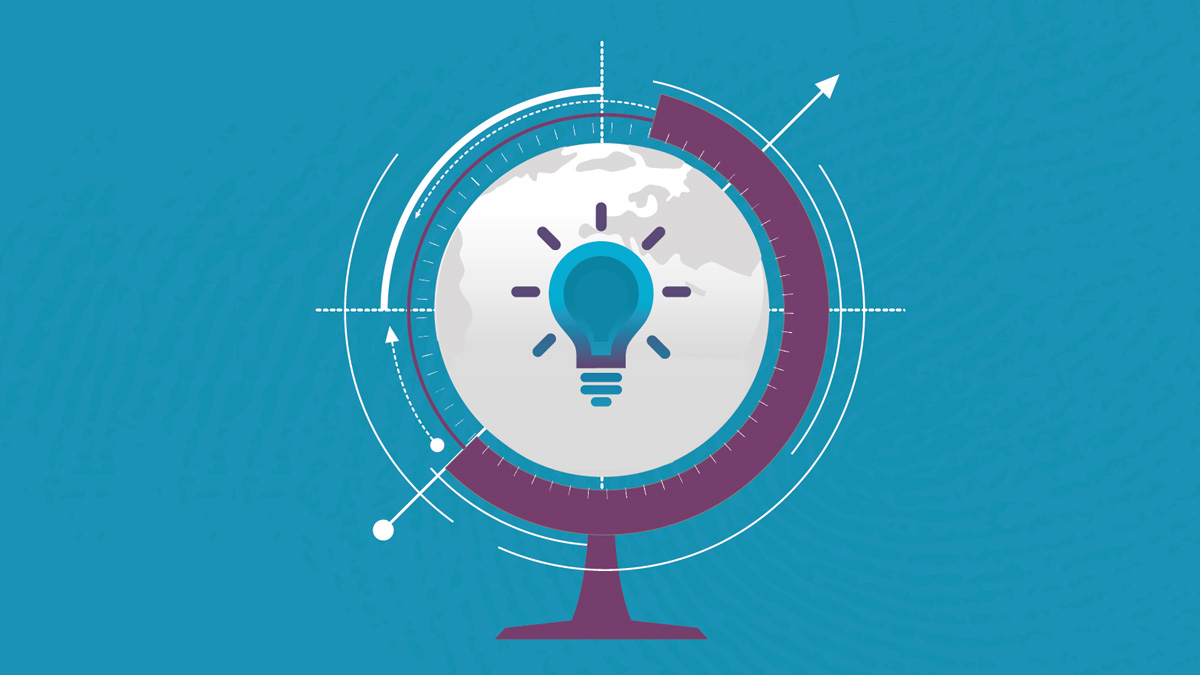
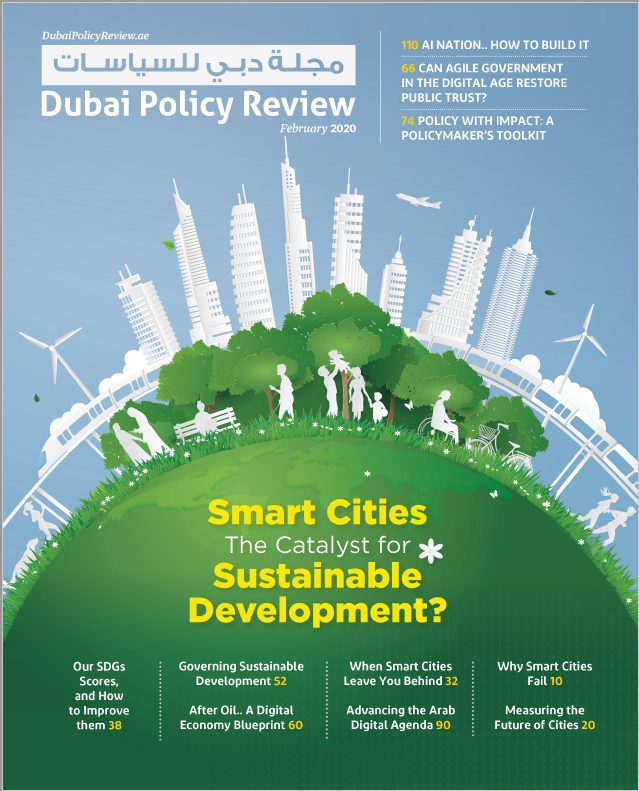


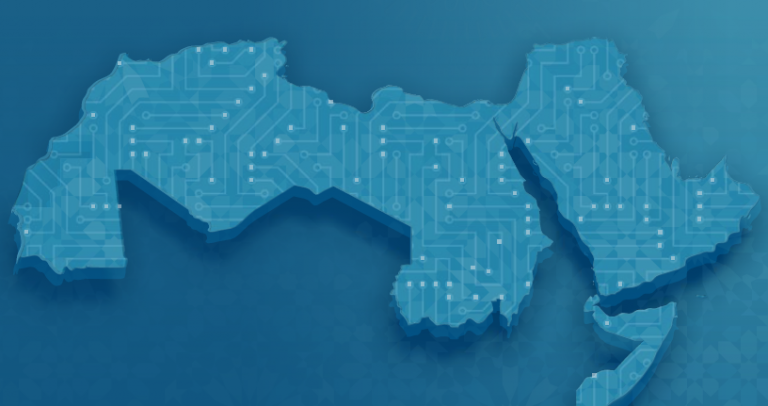
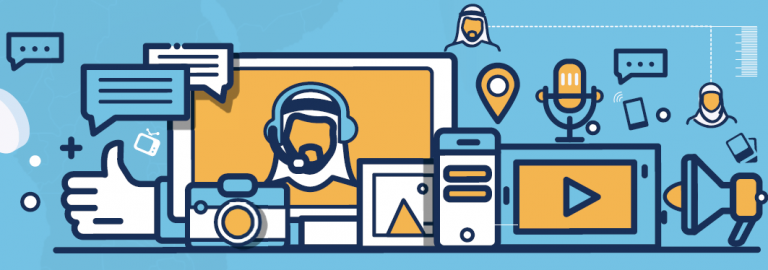
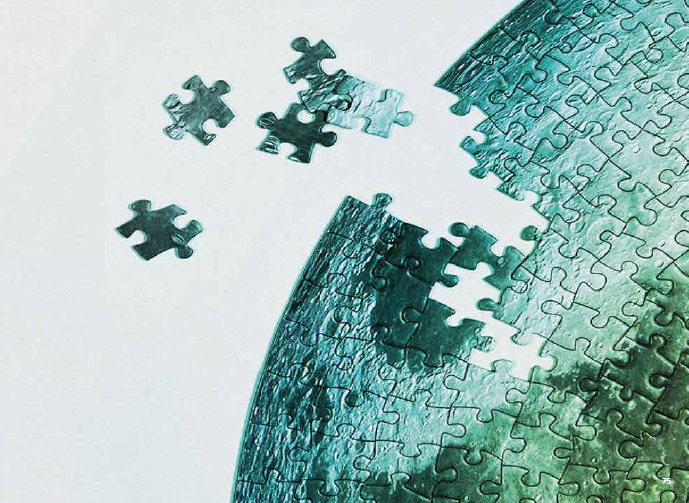

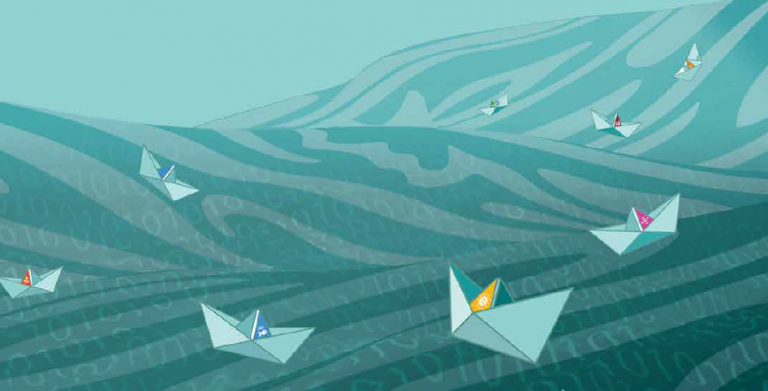
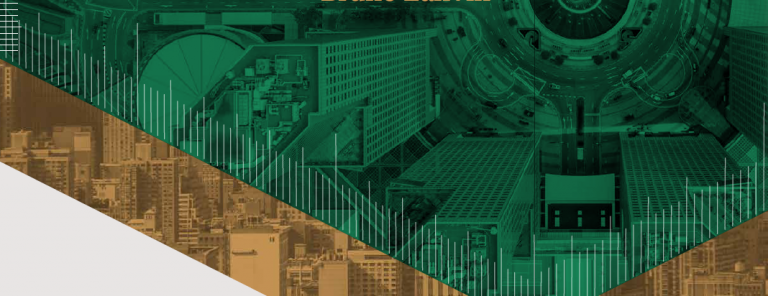
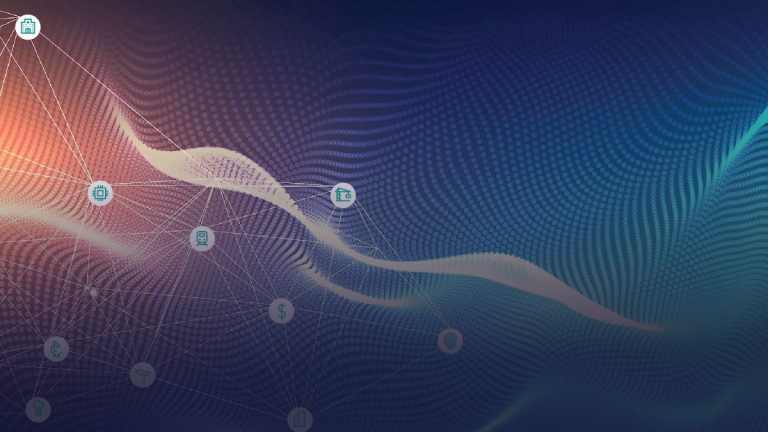

You must be logged in to post a comment.